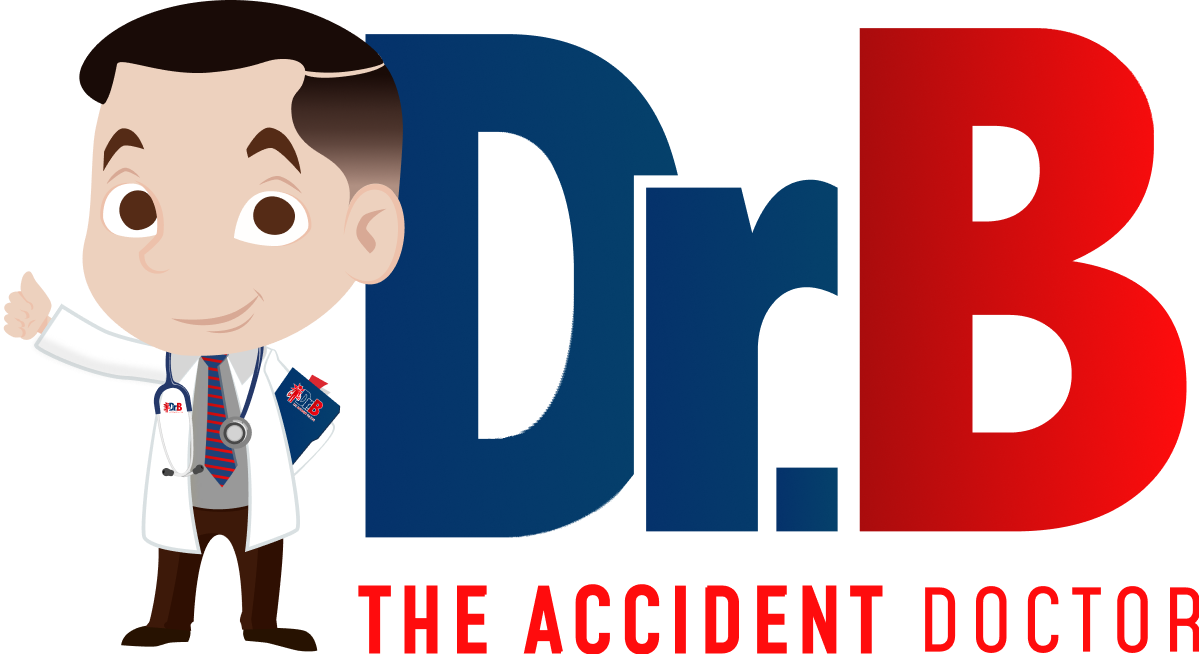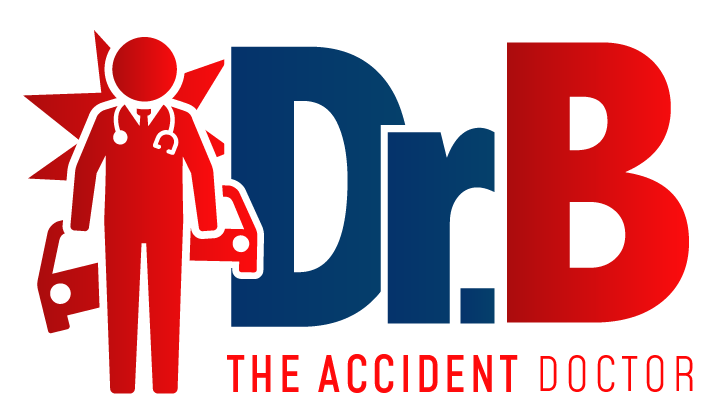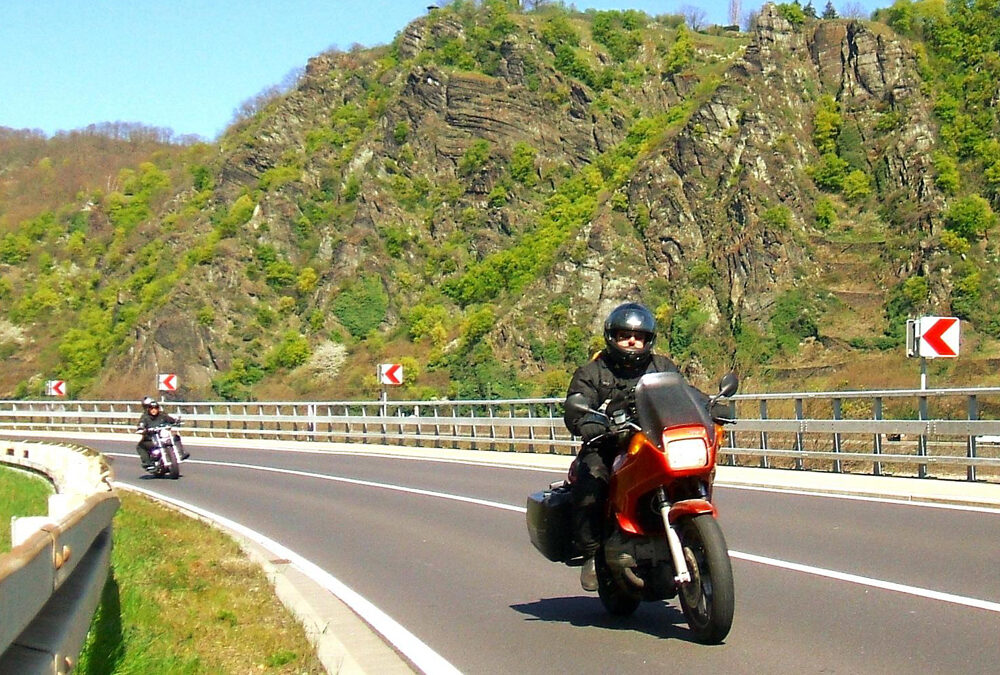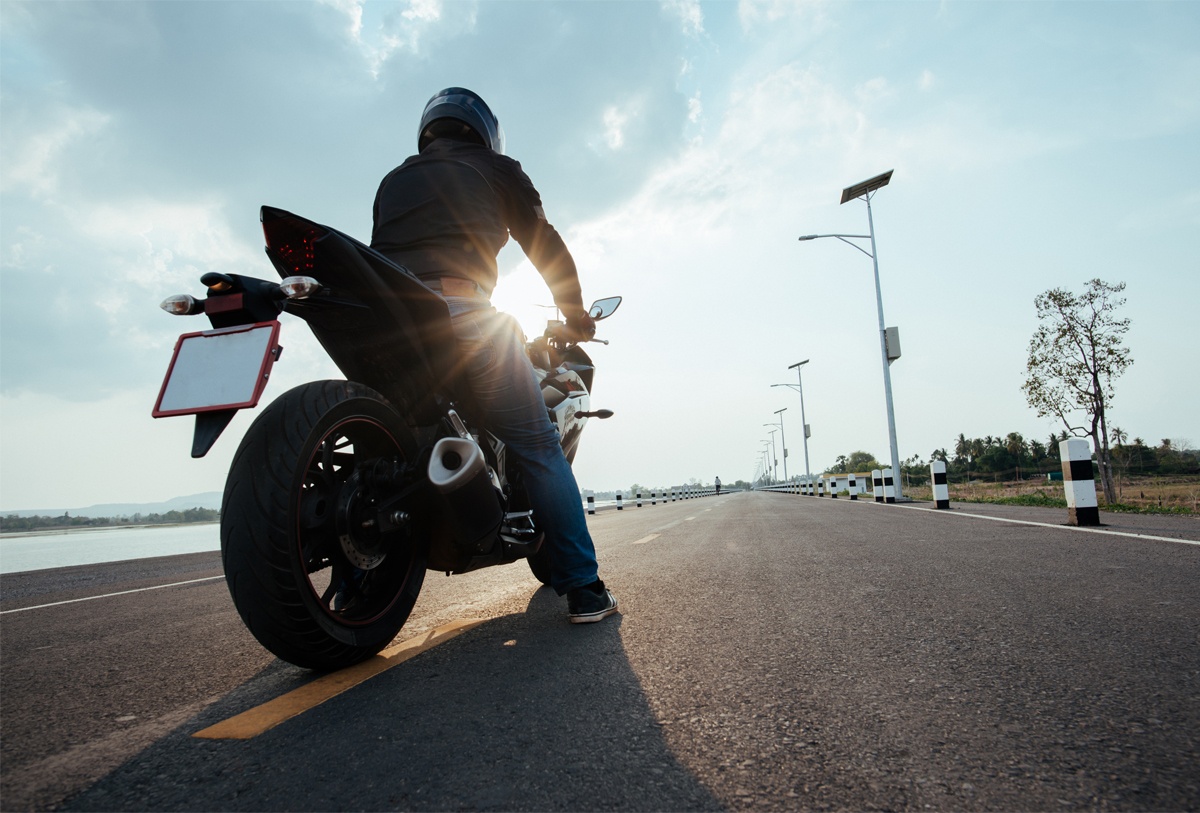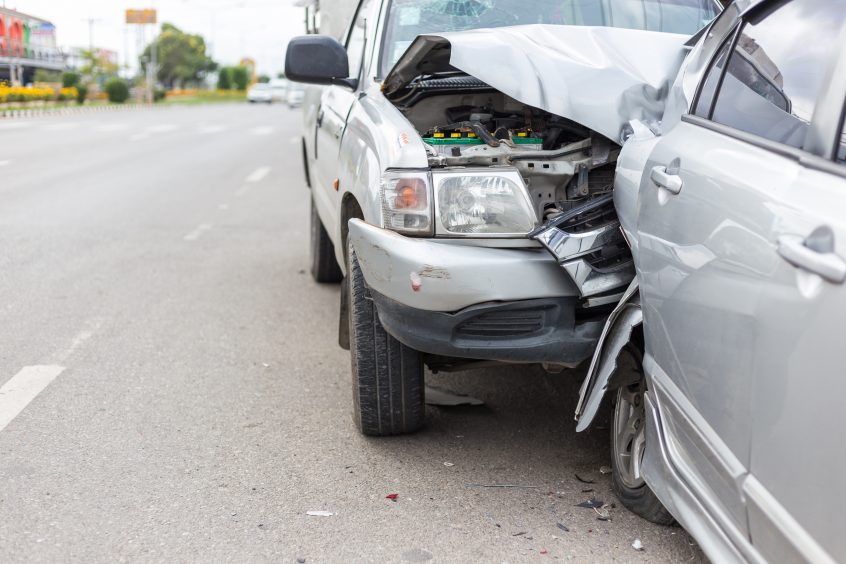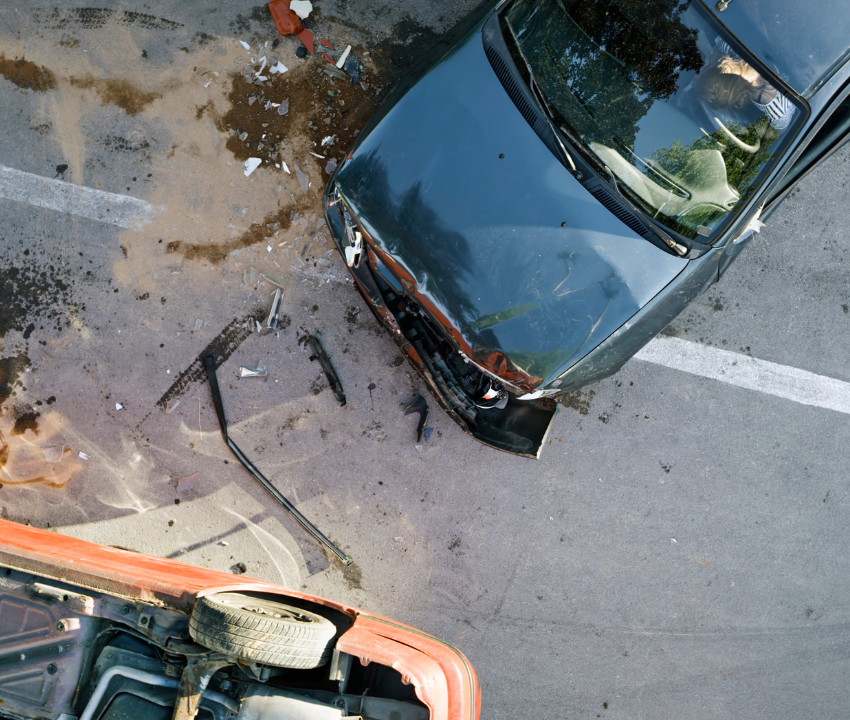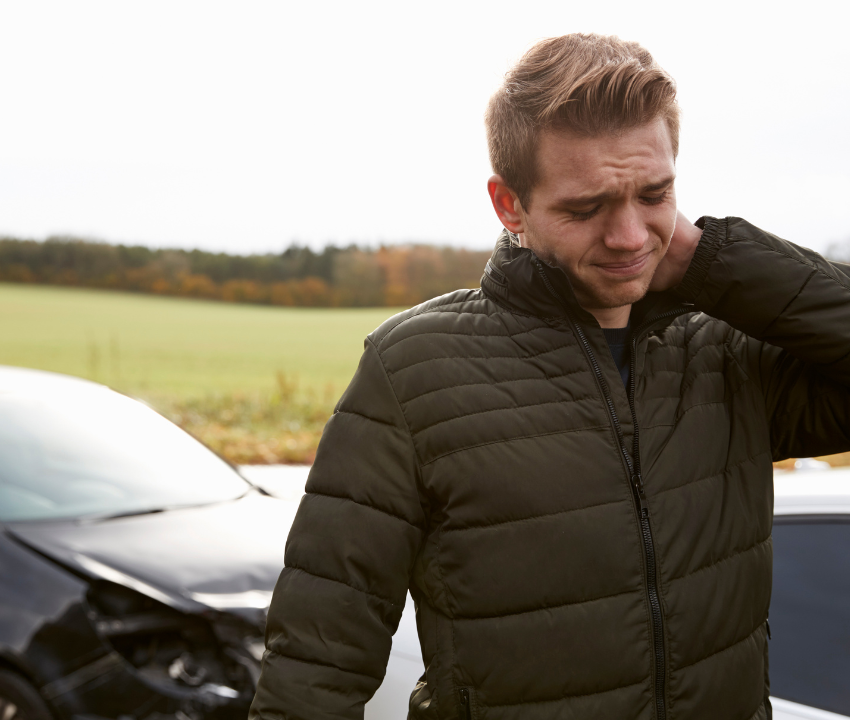Motorcyclists are at higher risks on the road, as they are exposed to dangers that car drivers and other motorists do not face. Due to their size and design, motorcycles are less stable and visible than other vehicles on the road.
Motorcycle accidents are not like car accidents, due to some unique factors inherent and to motorcycle riding.
Risks faced by motorcyclists on the road
A motorcycle accident has serious consequences due to the speed and open design. Motorcycles do not provide the protection that automobiles provide and puts motorcyclists at greater risk at the time of an accident.
Although the number of car and truck driver and passenger fatalities has decreased since 1999, the death rate from motorcycle accidents has more than doubled today.
According to NHTSA’s 2016 fatal crash data, motorcycle fatalities occur approximately 28 times more frequently than fatalities in other vehicles.
Statistics show that helmets are effective in preventing death by almost 37% and reducing the risk of head injury by 69%.
According to the National Institutes of Health at the National Library of Medicine, head injury is the leading cause of death in motorcycle accidents.
Causes of motorcycle accidents
Riding a motorcycle carries a much greater risk of death or greater injury than riding the same distance in a car. There are certain factors that increase the risk of injury and fatality in a motorcycle accident such as:
Visual recognition – One of the reasons that cars, trucks and other large vehicles often collide with motorcycles is because they fall outside the regular and expected patterns of visual recognition of drivers. For example, when driving on a highway, it is easier for the driver to recognize large vehicles. Other conditions affecting the vehicle, such as precipitation, glare, and loading, can further affect the driver’s vision and obstruct motorcyclists.
Road Hazards – Debris and other road hazards that have little effect on automobiles are a serious safety threat to motorcycle riders. Something as simple as a wet pavement, an uneven road, animals, or high winds can cause a motorcycle accident that results in serious injury or death.
There is no protection between the rider and the road – A motorcycle lacks the crash resistance and occupant protection characteristics of a car. Motorcycles also do not have seat belts, and although there are manufacturers that are releasing certain models with air bags, most do not have them.
Speeding – The National Highway Traffic Safety Administration tells us that, for more than two decades, speeding has been involved in roughly a third of all fatalities. In 2017 it was a contributing factor in 26% of all traffic fatalities.
Helmets that do not provide protection -The most important safety device a motorcyclist can have is a helmet. Motorcycle helmets have a hard outer shell that distributes the force of an impact to protect the skull and prevent objects from passing through it. As the helmet does its job, the number and severity of head injuries are significantly reduced. Federal safety regulations determine the amount of force helmets must absorb and the amount of peripheral vision that helmets must allow. Only helmets that meet or exceed these standards should be worn. Motorcyclists who choose not to wear a motorcycle helmet are more likely to be killed in an accident.
Motorcycle lane splitting – Lane splitting occurs when a motorcycle rides between two lanes of slow-moving or stopped cars, usually in traffic jams. Lane splitting is a common cause of motorcycle accidents due to two factors.
1) The proximity of the cars to the motorcycle, the reduced space that the motorcycle has to maneuver.
2) The fact that cars do not anticipate that any vehicle or motorcycle will pass them in slow or stopped traffic.
3) Less stability – Vehicles with two wheels are less stable than those with four, especially during emergency braking and swerving. Also, some motorcycle accidents are caused by front wheel oscillation that pIt can occur at high speeds.
4) Skill level and difficulty -Riding a motorcycle requires more skills than driving a car. You need to have the ability to control the motorcycle all the time and know your limitations and those of the motorcycle. Going fast does not equal more skill, in fact, it is the opposite.
One of the things that skilled motorcyclists do best is slow down to handle difficult obstacles.
Common injuries from a motorcycle accident, Common injuries sustained can range from mild to disabling.
These are the 5 most common injuries in a motorcycle accident:
- Skin abrasion – A scrape is friction with the pavement or asphalt. There are first, second and third degree cuts or lacerations.
- Leg and Arm Fractures – The most common injury among these motorcyclists is fractures. Motorcyclists often use their ends to cushion a fall.
- Brain Injuries – According to the Insurance Institute for Highway Safety, helmets are only 67 percent effective in preventing brain injuries. Common head injuries include the following:
- Concussion
- Brain Bleeding / Hemorrhage
- Cranial fracture
- Neck and back injuries – Back injuries can cause spinal cord injuries and fractured vertebrae among others. They are serious injuries that can take a long time to recover and even cause paralysis.
- Internal injuries – Internal organ damage and bleeding can be caused by trauma of drastic force.
If you were in a motorcycle accident, please contact us at: 210-342-2777.
* Information obtained from: www.losdefensores.com
